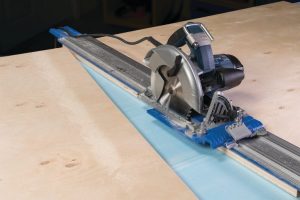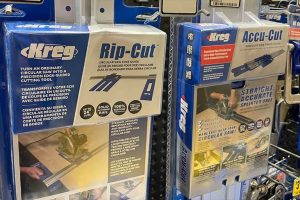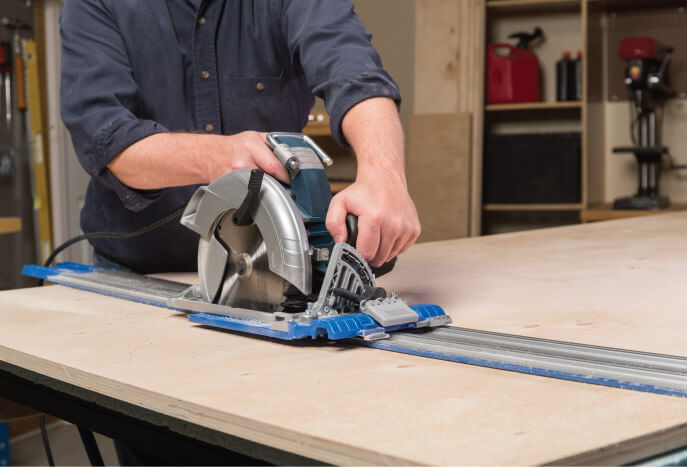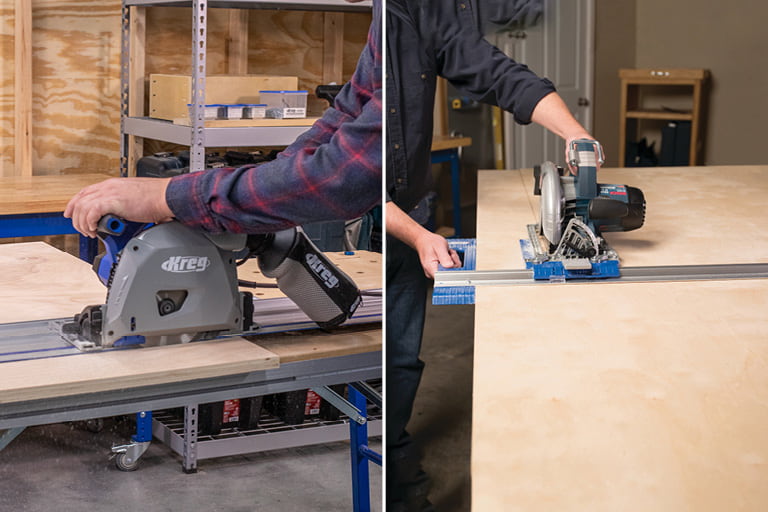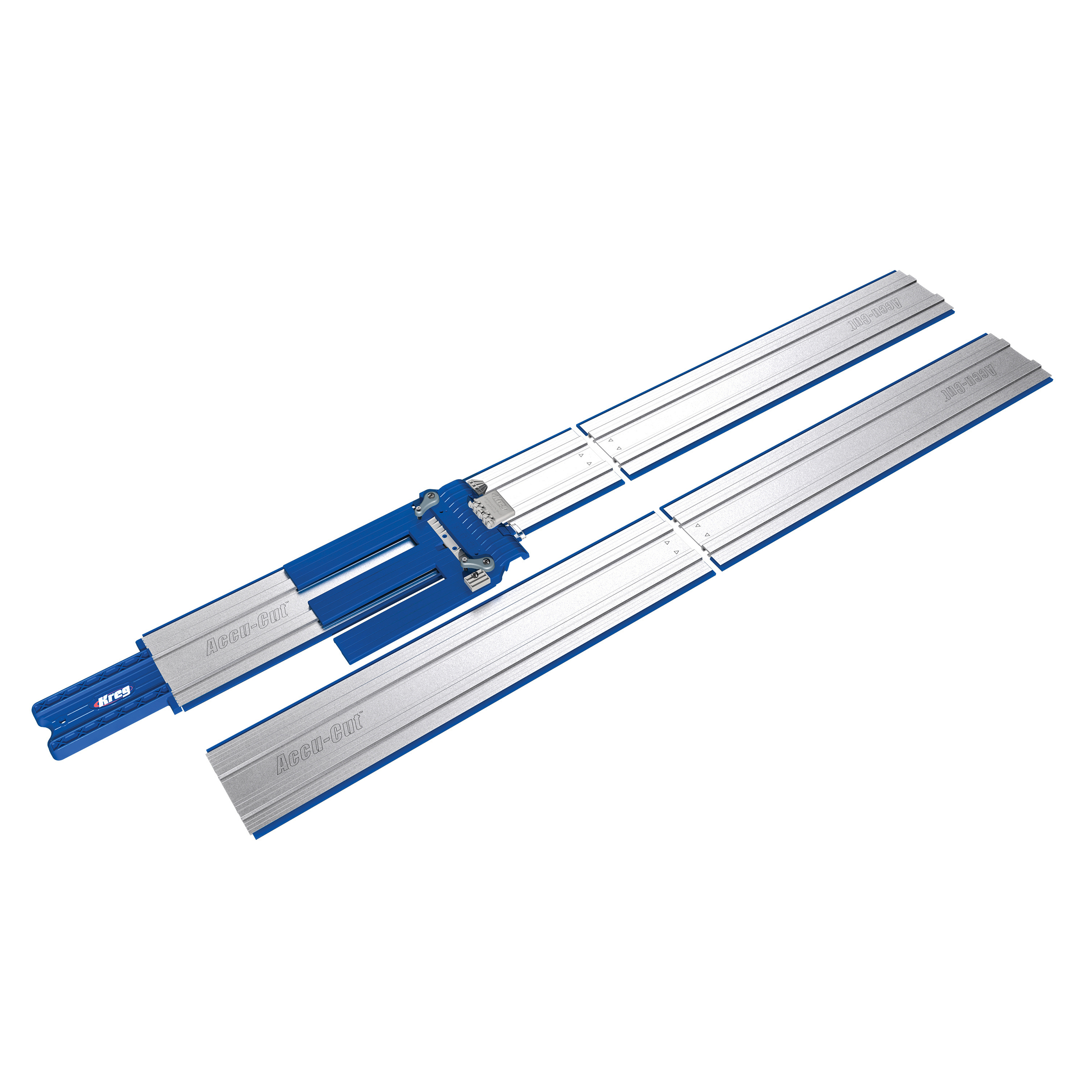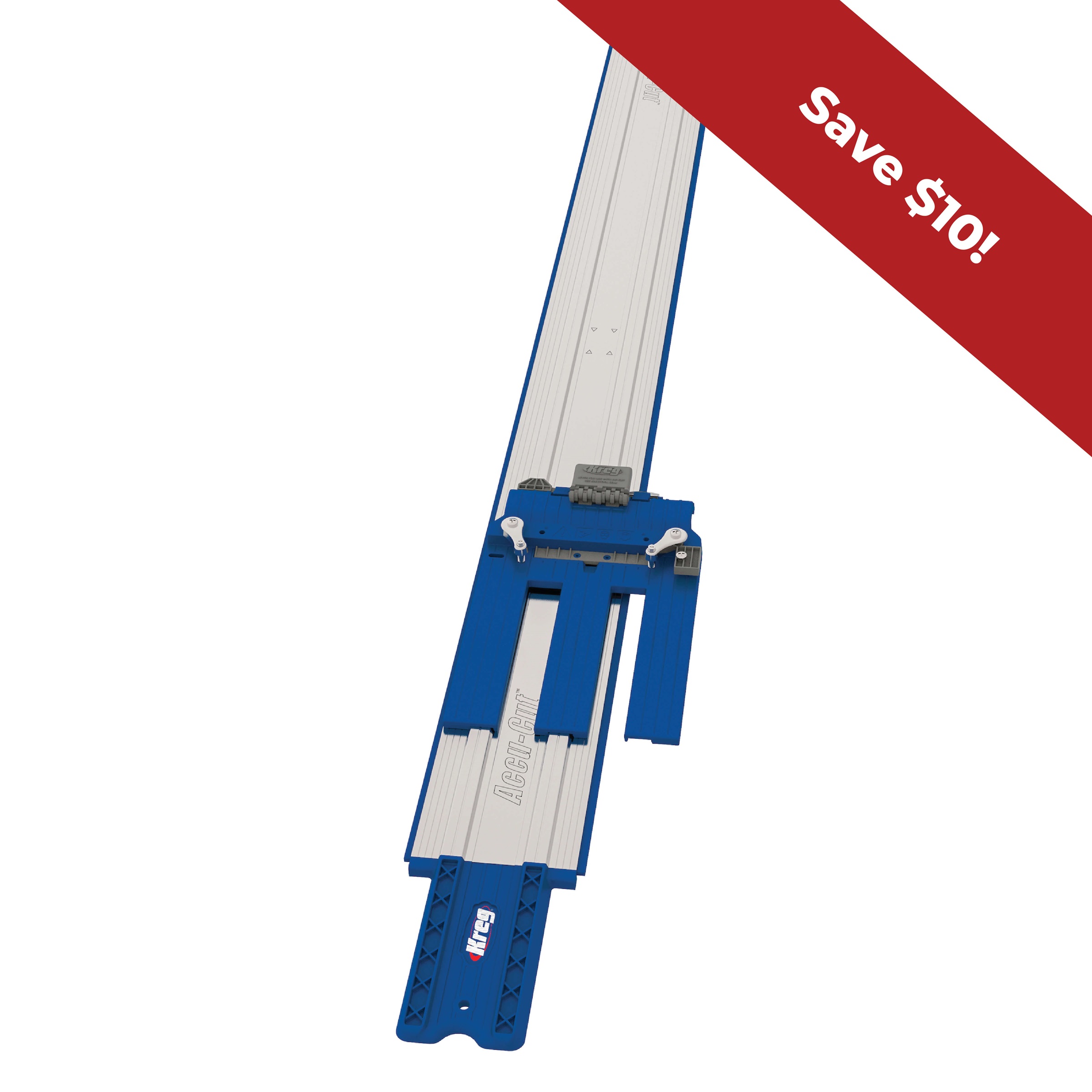In the world of woodworking, the right tool can make or break your project. It’s not just about cutting wood; it’s about getting the job done with precision and ease. So, let’s take a simple look at the differences between circular saws and track saws, so you can make the best choice for your woodworking needs.
Circular Saws:
Circular saws are like the Swiss Army knife of woodworking tools. They’re versatile and used in everything from home projects to construction sites. You can use them for all sorts of cuts, from straight lines to fancy curves. Circular saws come in different sizes to match your project’s scale, which is handy. But to get super precise cuts with a circular saw, you need a comparatively high level of skill and practice.
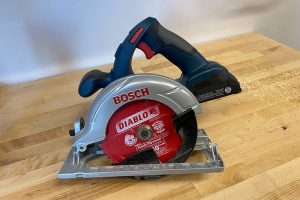
Pros:
- They can handle all kinds of cuts and materials.
- You can take them anywhere, thanks to their portable design.
- They’re generally more affordable.
Cons:
What are the disadvantages of a circular saw?
- Getting pinpoint accuracy can be tough without extra guides.
- Delicate materials might get splintered during cutting.
- Making consistently straight cuts isn’t their strong suit.
Track Saws:
Track saws are like the artists of the woodworking world. They come with a special guide rail system that makes sure your cuts are as straight as an arrow. If you want clean and precise edges, these are your go-to tools, especially for cutting big sheets of wood. Check out our article on what are track saws used for.
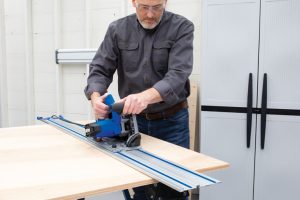
Pros:
- They’re all about accuracy and deliver consistently clean cuts.
- Say goodbye to splintered wood, especially on delicate surfaces.
- Some models can handle angled and bevel cuts too.
Cons:
- Precision comes at a price; track saws tend to be more expensive.
- They’re not as portable as circular saws but still more mobile than big table saws.
- They excel at straight cuts but might not be as versatile for tricky angles.
Comparing Circular Saws and Track Saws – Accuracy & Precision, Versatility, Portability and Cost
Accuracy & Precision:
Circular saws can be accurate but often need extra guides.
Track saws excel at precise, splinter-free cuts without additional accessories.
Versatility:
Circular saws are like the multitool of cutting.
Track saws are specialists in straight cuts, with some ability for angles.
Portability:
Circular saws are super portable and great for on-the-go work.
Track saws offer stability but trade some maneuverability for it.
Cost Considerations:
Circular saws tend to offer a more cost-effective solution for woodworkers of all levels, making them an accessible choice for those starting in the craft.
Track saws often come with a higher price tag due to their precision and guided track system. While the initial investment might be steeper, the accuracy and quality they provide might justify the cost for those who prioritize precise results.
Track Saws vs Circular Saws With Guided Cutting
Can a circular saw be used as a track saw?
Yes, a circular saw can be used with a guide or straightedge to mimic some features of a track saw.
Adding guides, like the Kreg Rip-Cut™ or Accu-Cut™, can boost accuracy without breaking the bank. While not as seamless as a track saw, these guides can help you achieve straight cuts and handle different cutting scenarios.
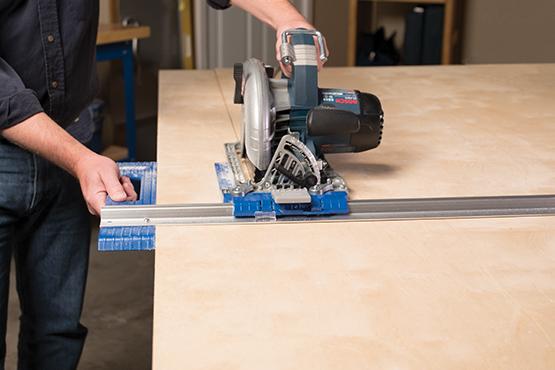
Versatility:
Circular saws with guides can adapt to various cutting scenarios, while track saws excel in straight cuts.

Splintering:
Track saws usually give cleaner cuts, but you can achieve splinter-free cuts with circular saw guides like the Kreg Accu-Cut.
